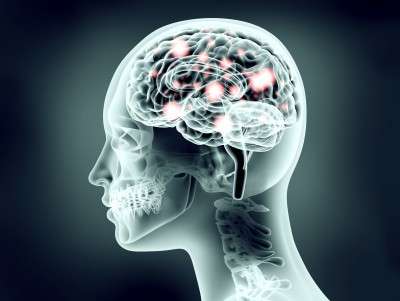Changing our understanding of consciousness

Measuring and defining consciousness has been an ongoing challenge for neuroscientists, philosophers and psychologists for centuries. The concept of levels of consciousness is mostly theoretical, limiting the abilities of researchers to develop objective measurement and understanding of how different global states of consciousness relate to each other.
Diagnostic scales such as the Glasgow Coma Scale rank consciousness based on various behavioural criteria. Professor Jakob Hohwy, School of Philosophical, Historical and International Studies, and his team have argued that the idea of consciousness levels is wrong. Professor Hohwy and his colleagues believe that unlike the human body's more objective measurements, such as blood pressure and height, consciousness has dimensions rather than definable levels.
For example, a person in a vegetative state can't lift their arm when asked, while a conscious person can. But ask either to imagine themselves playing tennis - as a now famous study by co-author Adrian Owen of the University of Western Ontario did - and their brains may well light up in the same way. Clearly, their state of consciousness differs, however both may share an awareness and ability to respond to verbal demands.
The Hohwy team argues that the notion of a single scale doesn't fit within the little we know about consciousness. Professor Hohwy, who is associate dean of research in the Faculty of Arts and principal investigator of the Philosophy & Cognition lab, argues subjective experience cannot be partial.
"It's either something you have or you don't. And if subjective experience can't be put on a single sliding scale, neither can consciousness," he said.
The complexity and intangibility of consciousness can lead to the perception that it is a concept belonging only in the world of theoretical academia. However, consciousness research has significant and real-life implications. Gaining a greater understanding of consciousness could lead to more ethical end-of-life decisions for people with severe brain injuries.
"You're always either conscious or not conscious, but then it's a matter of how much you're conscious of, and what you're doing with that consciousness," Professor Hohwy said.
Rather than asking how conscious a person is, a better question might be to ask what the person is conscious of. Are they conscious of loved ones' voices at their bedside, or only unintelligible noises? This could mean additional tests, such as brain imaging, to assess a person's cognitive abilities.
More information: Tim Bayne et al. Are There Levels of Consciousness?, Trends in Cognitive Sciences (2016). DOI: 10.1016/j.tics.2016.03.009
















